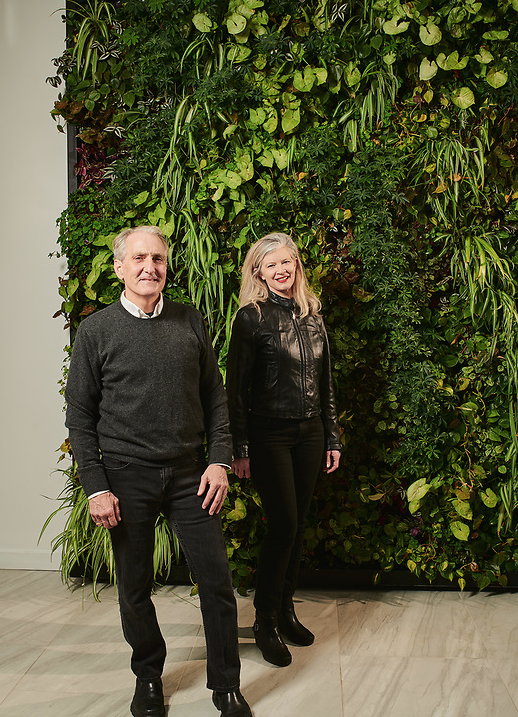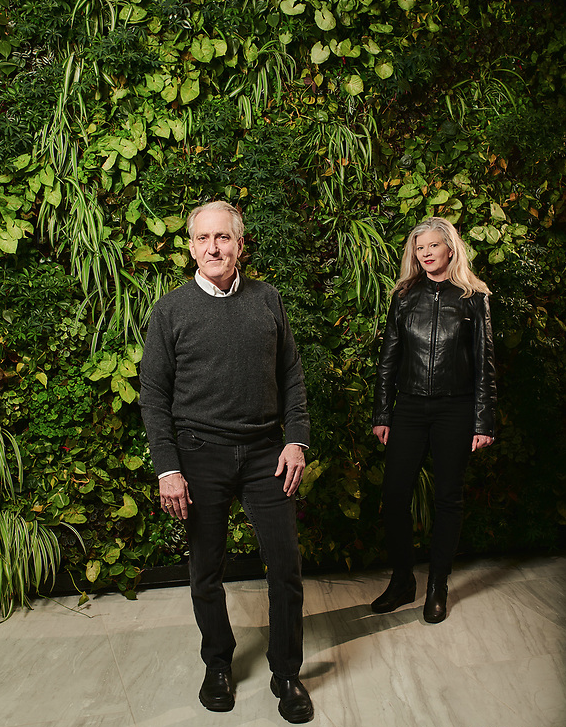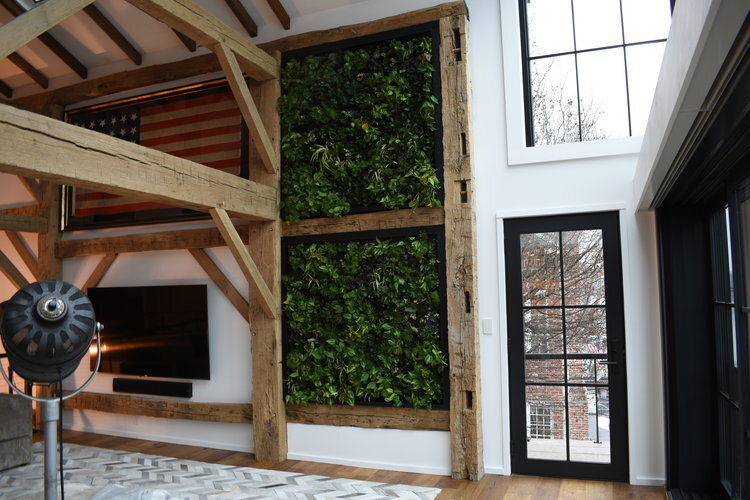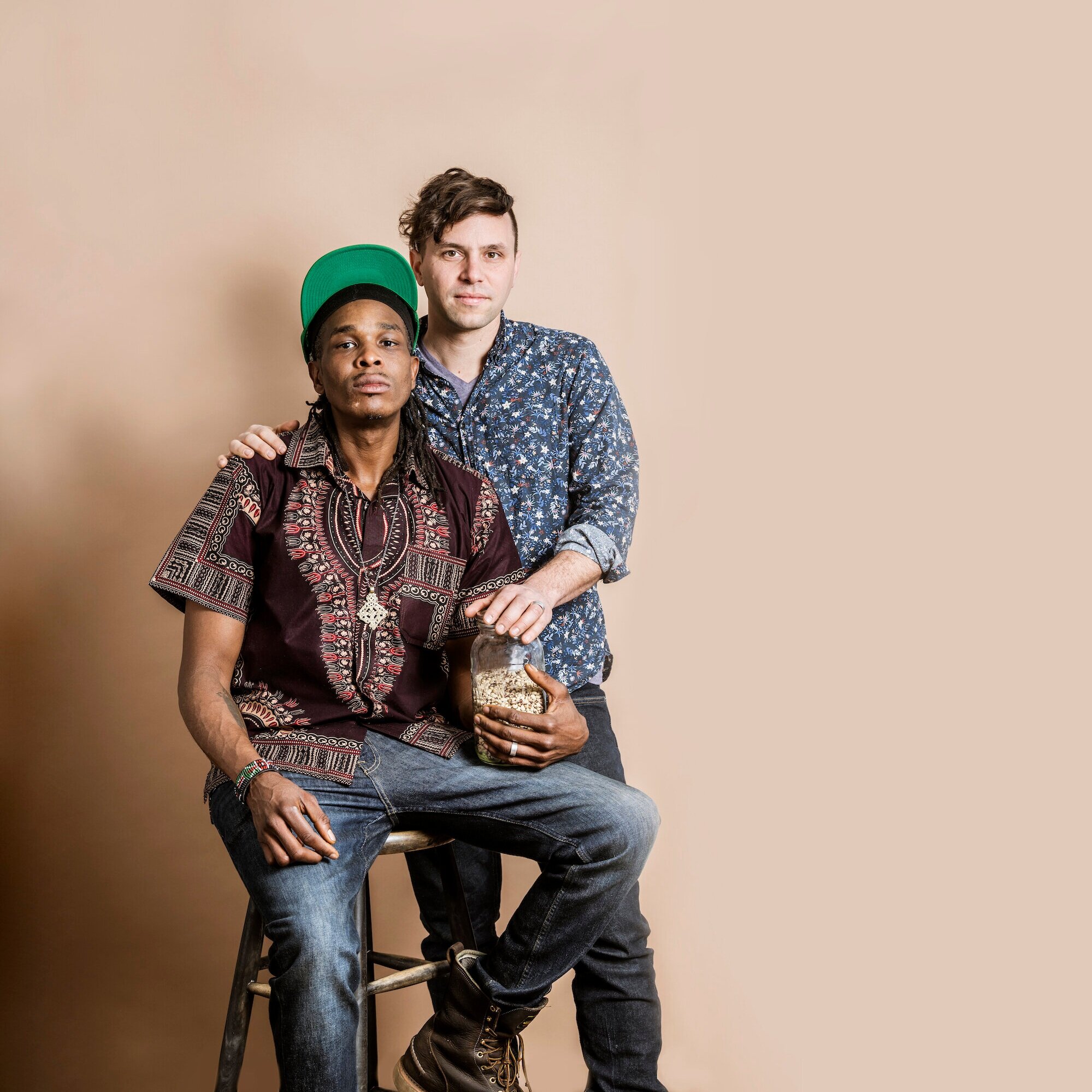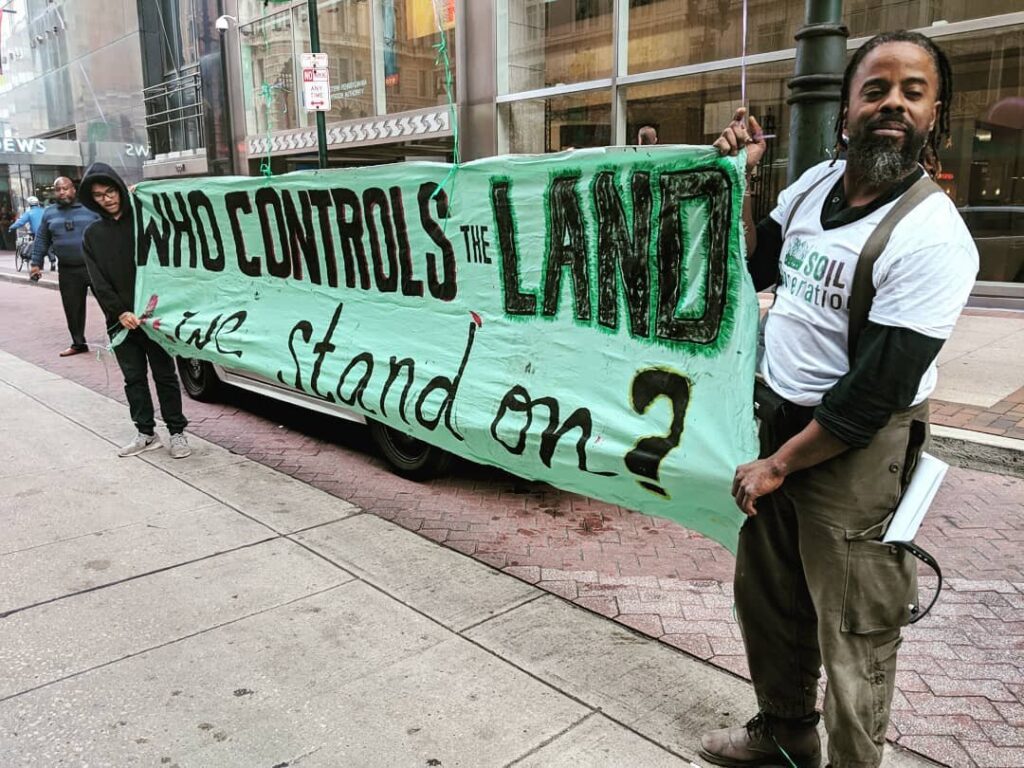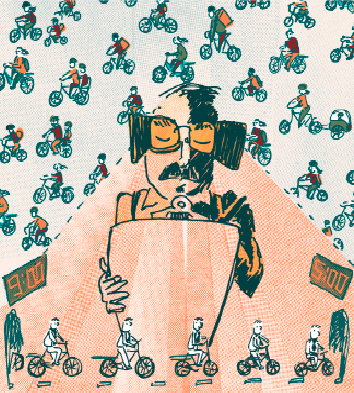Photo by Albert Yee
By Claire Marie Porter
For decades, urban dwellers have been finding creative ways to bring the outside indoors. In terms of both food production through urban farming, an implosion of indoor forest “jungalows” and rooftop gardens, the “GIY” movement has plant sales in Pennsylvania soaring, especially among millennials. In Philadelphia, it’s what Urban Jungle’s founder Curtis Alexander terms a “biophilic revolution.”
As with any large, rapidly growing city, optimization of space is essential. It was only a matter of time before another trend began taking hold, one that requires a bit more engineering—vertical gardening. Whether walls of lush ferns and air-purifying spider plants or tiered hydroponic microgreens, things are growing up.
The first vertical gardens were invented by Stanley Hart White in 1938, though Patrick Blanc’s name is more closely associated with the trend due to his popular “vegetal wall” at the Musée du quai Branly, Paris, a wonderwall of greenery that resembles a mountainside. The wall uses a closed loop of water conservation and a felted, nutrient-rich material for planting.
Today, vertical gardening functions as an umbrella term for both food-production innovations and the artistic green wall.
If you haven’t seen a green wall in-person, it’s best described as an upright jungle floor. Verdant beds of emerald and kelly greens, luxuriant clusters of the tropical rabbit’s foot fern with its furry-looking rhizomes, and purple-striped tradescantias, pileas, spider plants or peperomias. Some green walls are random, others have vegetation clustered by color and texture, some are planted in specific patterns.
These viridescent wonders are individually planted, often in soil-less materials that conserve water.
Alexander, of Urban Jungle, a full-service garden-design center on Passyunk Avenue, has been working on green wall innovations for the past decade.
When the tropical plant frenzy started about four years ago, which is now on a “fever pitch,” he says, hobbyists became fanatical about their houseplants, searching out rare cultivars, the best and coolest. People were looking for this “natural state” in their home.
So Alexander began experimenting with green walls, as a way to pack as many plants into an environment without compromising precious square footage.
“Vertical gardening could be interpreted as many different things,” he says. “Vertical green walls are a specific thing. My green walls are what I’m most proud of.”
What he’s designed is unique. With a background in engineering, he’s been able to create ingenious solutions for his urban clientele—whether through manufacturing customized plant boxes for awkward spaces or self-sustaining drip irrigation systems.
Photo courtesy of Jane Winkel
His concept for the green walls, he says, is “truly vertical.” These are 90-degree-angle green walls in which he installs one irrigation line that feeds from the top of the wall and an emitter that drips about one gallon of water per 1,200 plants, or a tenth of an ounce per plant per day.
“I use gravity to my advantage,” he says.
He doesn’t use any soil for the walls, instead opting for an organic human-made hygroscopic material that absorbs moisture from the air.
The green walls require a specific plant palette, with particularly medium light plants that don’t grow out more than 6 inches. The walls use an LED glow light strip in lieu of natural light, as Alexander doesn’t build green walls outside due to the climatic conditions of the Northeast.
Jane Winkel, who works as Urban Jungle’s landscape architect, says generally for green walls, they like to use a more random design, “like a pattern you might find in nature, or in a meadow,” she says.
She’s concerned with the construction of the project, creating descriptive drawings for clients. Sometimes they work with existing patterns, like in the Commerce Square building, which renowned architect I.M. Pei designed.
Though Urban Jungle does have plans to create and install vertical herb walls for restaurants, the majority of their vertical installations are for aesthetic purposes.
“We’re inspired by the principles of biophilia,” says Winkel, referring to a word that comes from Greek, meaning love of life and the living world. “Humans’ innate desire to have a relationship with nature.”
“In the city, where green spaces are so valuable, especially personal green spaces, it’s really rewarding to develop these spaces with clients,” she says. “The idea of bringing nature, and natural elements, to the residential environment is really important to us. It fulfills a need.”
Alexander adds that city-dwellers have felt changes in mood and overall health after bringing nature into their living environments. People have been gravitating toward the understanding that more green in your office space, means more concentration and focus, he says.
Which is essential, considering Americans spend an average of 87 percent of their time indoors.
Can growing upwards go beyond aesthetics? Philly’s vertical farming movement has had many setbacks, and many critics view it as an “over-engineered solution” to the problems plaguing the food system, according to Greater Philadelphia’s Economy League.
“In terms of growing food in vertical gardens or living walls, this tends to be far more expensive and difficult to manage than growing the same crops in a greenhouse in the peri-urban zone surrounding cities like Philly,” says Dr. Robert Berghage, associate professor of horticulture at Penn State’s Department of Plant Science. His research focuses on crop production in modified environments.
He says that if there exists a high-end market that is willing to pay big premiums for “super local,” it might be worth it. But otherwise, growing food in this way has relatively high up-front costs that make it not economically competitive with conventional farm or greenhouse production in Philly or areas just outside the city.
He points to the prohibitively high artificial light and electric costs in vertical systems that are necessary to achieve high productivity.
“There are lots of other reasons to support ‘local’ or ‘sustainable’ food production, but in many cases, the economics for these urban systems are troubling,” he says.
From the much-hyped aquaponics farming of Phoenix Foods, which imploded in 2004, to the recent vertical farming scam of Metropolis Farms, Philadelphia has had a tough time with urban indoor farming.
But it’s not the only city in this boat. According to the Economy League study, most vertical farms are struggling financially. Only 27 percent of indoor vertical farms are profitable, as compared to 67 percent of greenhouse farms and 50 percent of container farms, an Agrilyst (now Artemis) survey reports. Even with the benefit of a year-round growing cycle, vertical farms are only able to profitably grow a small number of crops, primarily micro and leafy greens, herbs and strawberries.
Photo courtesy of Jane Winkel
“In my opinion, they are primarily for aesthetic purposes and should be considered as art or an amenity within the built environment,” says Berghage. “They can serve other functional purposes like food production, but most of those functional purposes can be more economically and practically achieved growing in a more conventional system.”
The report further suggests that “improving crop diversity, reducing food waste and maintaining soil integrity in traditional agriculture will address the long-term nutritional needs of the planet,” much better than costly and risky indoor farming endeavors.
“I also don’t want to support people getting overly excited about how you are going to feed the world or a city growing plants in abandoned warehouses or in the walls of skyscrapers,” says Berghage.
Despite doubts concerning vertical farming’s viability, Philly nonprofits are forging ahead with the idea.
First Light Project announced a new pilot vertical farm project that will grow leafy greens in a five-tier vertical racking system below LED lights. The hydroponic farm will be hosted by hunger relief organization Philabundance in a warehouse on West Berks Street, and a portion of the food grown there will be available to the Philabundance community and its network of member organizations.
The project is a direct response to needs and concerns raised by neighborhood community groups, urgent needs for food, jobs, shelter, safety and healthcare, and education, says Frank Sherman, co-director and green architect behind the program.
Its projected yield is 65,000 pounds per 7,600 square feet per year—primarily in lettuces and leafy greens. The main goal is to have a positive impact on Philadelphia neighborhoods that lack adequate access to jobs and food, says Sherman.
“Profit is not our only indicator of success,” he says, adding that agricultural and food-related businesses tend to generate a miniscule 2 to 6 percent in profits.
Even if you aren’t trying to grow food commercially, bringing plants closer can improve your mental health. NASA recommends having at least one plant per 100 square feet.
“I’ve never heard anybody say, ‘I don’t like this plant,’ or ‘this plant makes me feel bad,’” says Liz Jacoby, Urban Jungle’s operations manager.
“Even if you have no room … you can pop a shelf up. There’s something you can grow. A snake or ZZ plant; a succulent. It doesn’t have to be this crazy ornate, extravagant thing,” adds Jacoby. “Everybody should grow something.”


